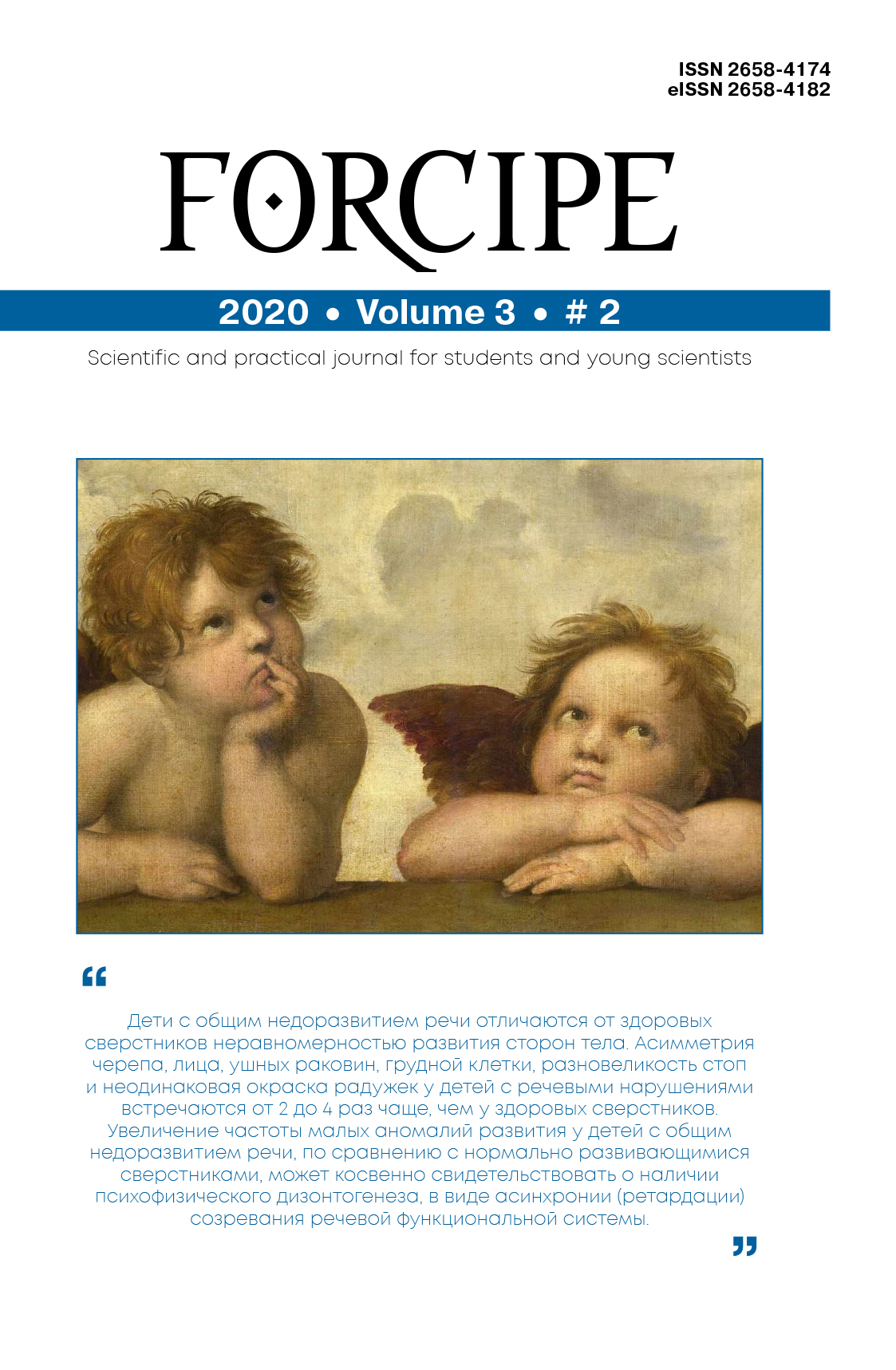Comparison of the incidence in children of the first year of life in Obninsk and Moscow
Abstract
Purpose: to investigate the structure of the incidence of children in their first year of life in the environmentally unfavorable microdistrict Maryino in Moscow and in one of the major cities of the Kaluga region, Obninsk. Materials and methods: information was collected in Obninsk by copying data from medical records containing information on the monthly dynamics of growth and development of children and a complete medical history from the time of pregnancy to 12 months. The number of children included in the studied sample from the city of Obninsk was 232 individuals, of which 116 were girls and 116 were boys. Material on a sample of children in their first year of life in the Maryino microdistrict of the Southeast District of Moscow was collected in January May 2009 at the base of the children’s clinic A. Gorbacheva. The Moscow sample consist 262 individuals, of which 124 were boys and 138 were girls. Both samples represented a longitudinal array of data collected by a retrospective method. The following indicators were used in the study: body weight, body length, head circumference, chest circumference, history of allergies, neuropathologies, respiratory diseases, anemia, etc. Results and discussion: the high incidence among Moscow children of neuropathologies is due to the worst environmental situation in Moscow. In Obninsk, the number of boys with neuropathologies exceeds the number of girls with a similar diagnosis by almost half, which indicates greater stability and less eco sensitivity of girls. The results of the study showed that children from Moscow are more prone to allergies. Apparently, this is also due to differences in the environmental situation of the metropolis (Moscow) and the regional city (Obninsk). Also, boys from Obninsk are more likely to suffer from anemia.



